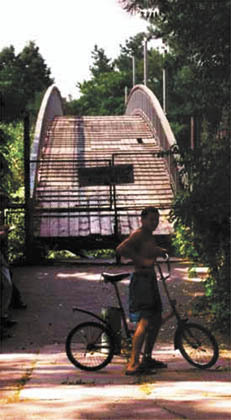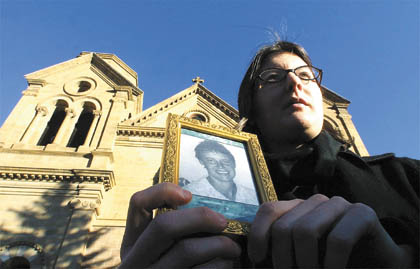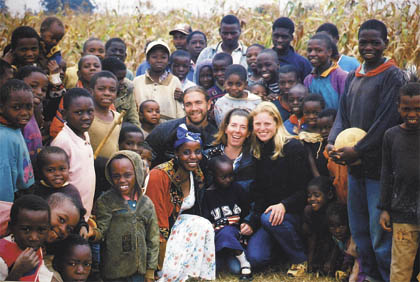
| By Admin1 (admin) (pool-151-196-165-54.balt.east.verizon.net - 151.196.165.54) on Wednesday, October 29, 2003 - 4:01 pm: Edit Post |
Some Peace Corps deaths still a Mystery (Part 2)

Edwina Thompston, the mother of one deceased volunteer, believes the Peace Corps didn't tell her the truth because the agency didn't want negative publicity. Read the story at:
Quote:Other deaths, too, warranted further examination. But Peace Corps deaths have occurred in more than 60 countries, most with primitive record-keeping systems, and many happened more than 20 years ago, making it impossible to verify the information provided by the Peace Corps in every case.
Several families said they learned critical details about the deaths of their loved ones after being contacted by the Dayton Daily News. Other families suspected the agency wasn't telling them the truth, but they have little means to investigate cases in foreign countries.
In a written response, the Peace Corps says it relies on the causes of death as officially determined by local authorities, who are responsible for making such determinations. "The Peace Corps is not the official investigating authority in any death of a volunteer," the response says. "Local authorities in country are in charge and report any official causes, details or other facts they believe to be true."



